
UDK: 577.29
R.A. Litvinov 1 ,2, U.M. Ibragimova 1, A.S. Rzayeva 1, E.V. Sokolova 1, A.I. Shushakova 1, N.V. Valuyskiy 1
1 Волгоградский государственный медицинский университет, Волгоград, Россия 2 Волгоградский научный медицинский центр, Волгоград, Россия
Using a set of excitation/emission wavelengths characteristic of fluorescent advanced glycation end-products (AGEs), the fluorescence intensities of glycated albumin and hydrolyzed diabetic rat tail tendons were compared. The following excitation/emission wavelengths were used: 335/385 nm, 345/405 nm, 370/440 nm, 379/463 nm and 440/520 nm. The ability of 1-benzyl-1,4-dihydronicotinamide (a fluorophore) to interfere with fluorescence of AGEs was studied. It was shown that glycated albumin and hydrolyzed tendons of diabetic animals have nearly identical values of fluorescence at all wavelengths. At the same time, 1-benzyl-1,4-dihydronicotinamide, which was added into the samples of glycated albumin to bring the interference (the addition was carried out after the end of glycation reaction), interfere only at the excitation/emission wavelengths of 370/440 nm and 379/463 nm. Thus, the advantage of the use of entire set of the wavelengths (simultaneously) for AGEs detection was confirmed.We believe that the usage of the entire set of wavelengths may reduce the risk of interference-induced errors in detection of fluorescent AGEs.
glycation, advanced glycation end-products, rat tail tendon, alkaline hydrolysis, spectrofluorimetry, 1-benzyl-1,4-dihydronicotinamide
Роман Александрович Литвинов, litvinov.volggmu@mail.ru